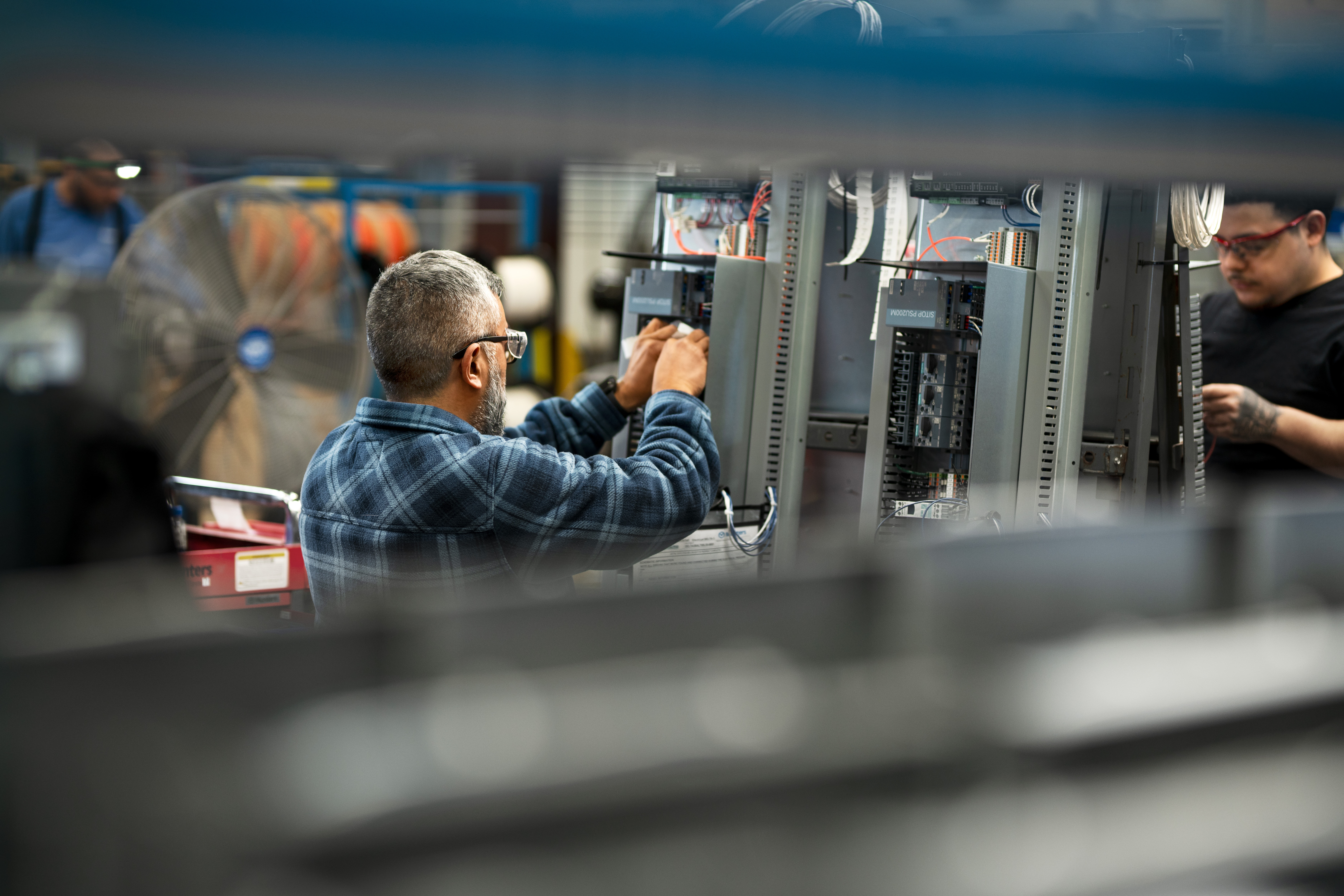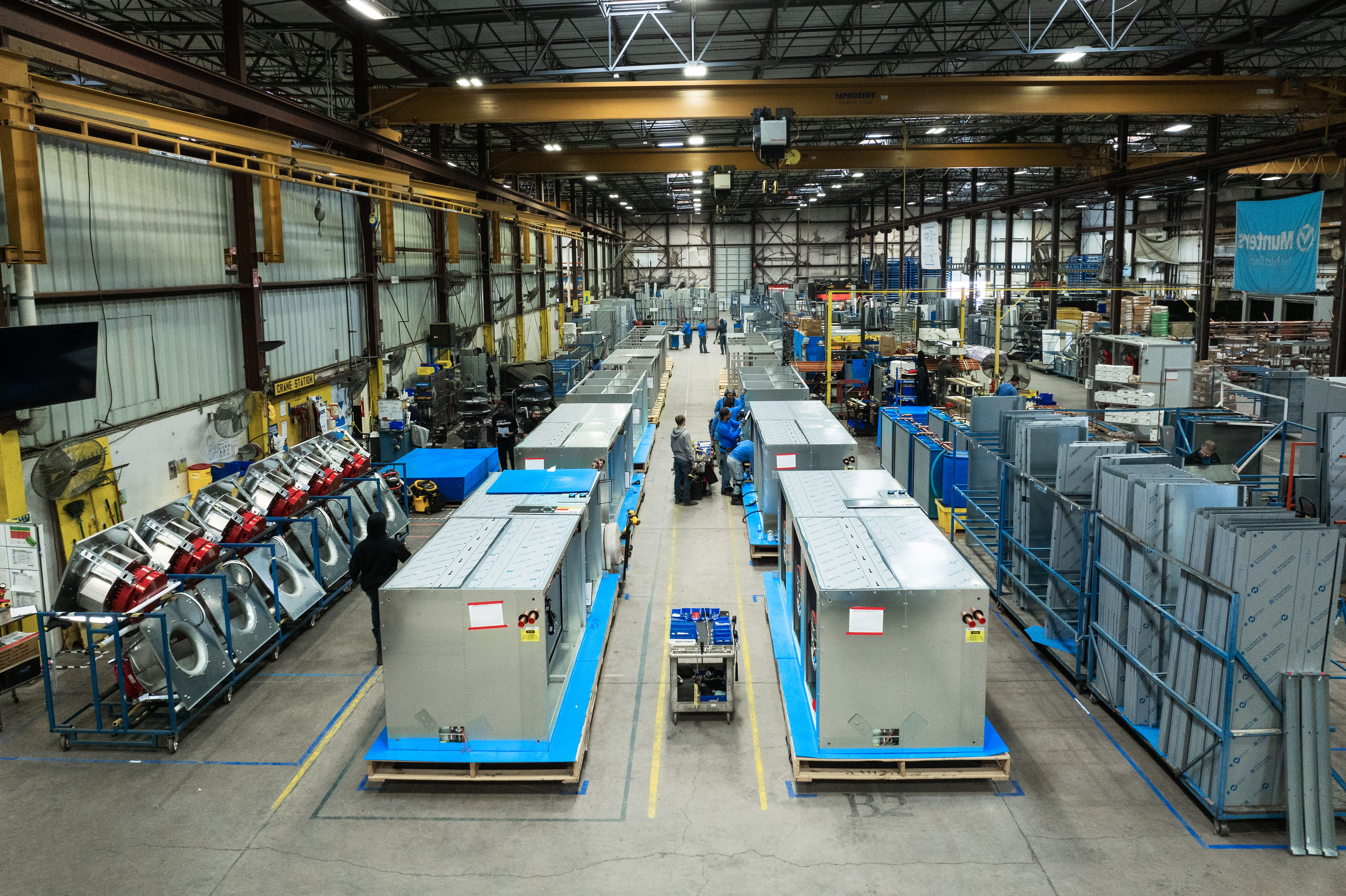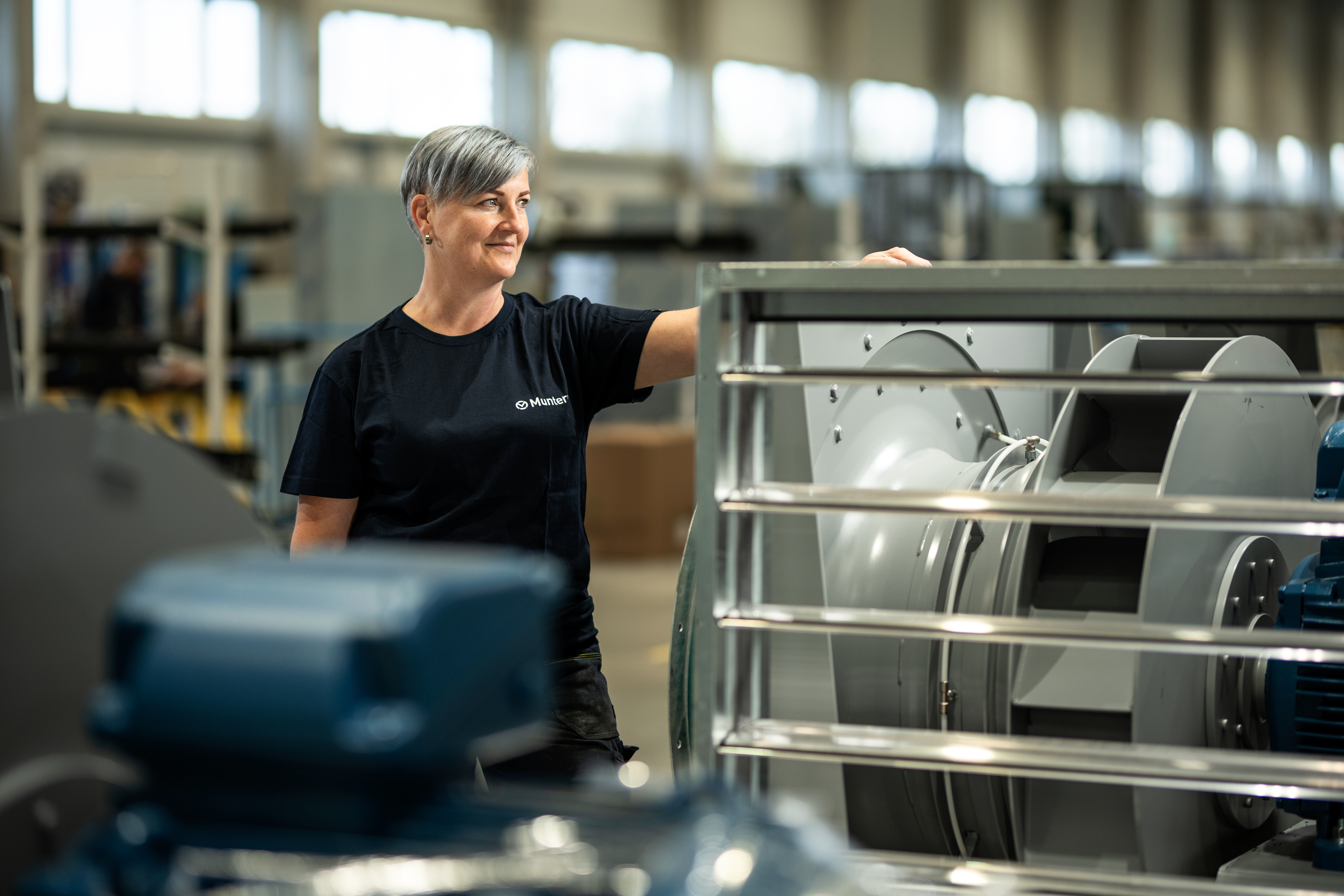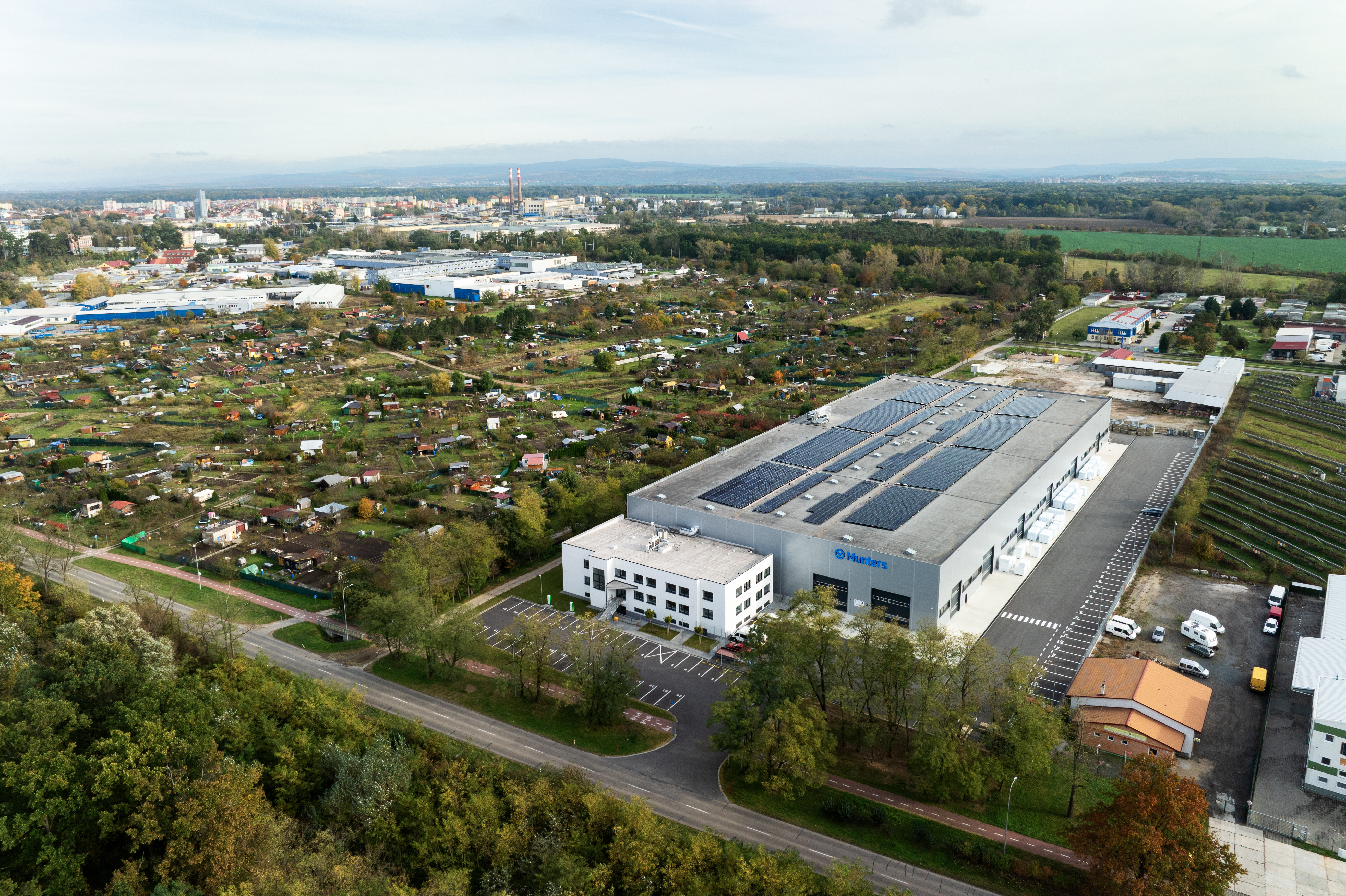Environment and resource efficiency
We have an important role to play in abating climate change. Climate control systems play a pivotal role in managing energy consumption for our customers. By optimizing these systems, we empower our customers to reduce their energy and water usage.
Our environmental footprint originates from the use of electricity and fossil fuels in our production processes and from the use of our sold products. The goal is to continuously reduce our energy use and make our factories and processes more efficient but also to develop even more resource-efficient products, efficient transports and to make choices of materials and suppliers that reduces negative impact.


Dedicated to minimizing our environmental footprint
We have a mission For Customer Success and a Healthier Planet. As part of this, we have introduced new targets aimed at drastically reducing our emissions. These targets have been validated by the Science Based Targets initiative (SBTi). They support the Paris Agreement’s goal to limit global warming to 1.5 degrees Celsius.
We report our Scope 1, 2, and 3 emissions in accordance with Greenhouse Gas (GHG) Protocol. Our new emission targets can be found here.

Reducing emissions in our operations
Scope 1 and 2 include emissions from factory operations, offices and other non-production locations, and company vehicles.
Transitioning to renewable energy is key to reducing our factories' climate impact, with a significant increase in renewable electricity usage. We are also exploring renewable sources for non-production properties. To minimize waste, we enhance recycling and reuse through quality improvements and proactive waste reduction strategies. Our product development teams prioritize material choices in design. Additionally, we separate chemicals from wastewater and work to lower our overall water usage. Our main goal is to reduce water consumption in rotor block production, which is our largest water user.

Reducing emissions in our value chain
We have tracked greenhouse gas emissions from our suppliers, transport providers, and products used by customers. These are called Scope 3 emissions or indirect emissions. We see that category 11, Use of Sold Products, accounts for most emissions.
We focus on reducing emissions from our operations. We also aim to lower the climate impact of our products. We do this through constant innovation, better transportation, and careful choices of materials and suppliers.
Learn how we are working to reduce emissions in the entire value chain.

Accelerating our circularity agenda
We integrate sustainability into our product development through a strong focus on eco design and circularity. This includes evaluating environmental impact through life cycle assessments, selecting more sustainable materials, designing for reuse and recycling, and reducing resource use. Our long-term ambition is to shift from a linear model to more circular processes and business models. We will use teamwork and digital tools. These tools will help us understand and enhance the circular potential of our products and business. Through these efforts, we are laying the foundation for long-term, responsible innovation.

Turning our focus to biodiversity
Biodiversity is the variety of life in genes, species, and habitats. It is important for keeping nature balanced. It also provides essential resources like oxygen, clean air, water, and food. However, global biodiversity has been declining for decades, and we must take urgent action.
As a global company that utilizes materials like steel, aluminum, copper, and plastic, we are dedicated to protecting biodiversity.
We have started a project to look at how our industry affects biodiversity. We will find high-risk areas and make a clear action plan. Biodiversity will be a key priority for us in the coming years.
